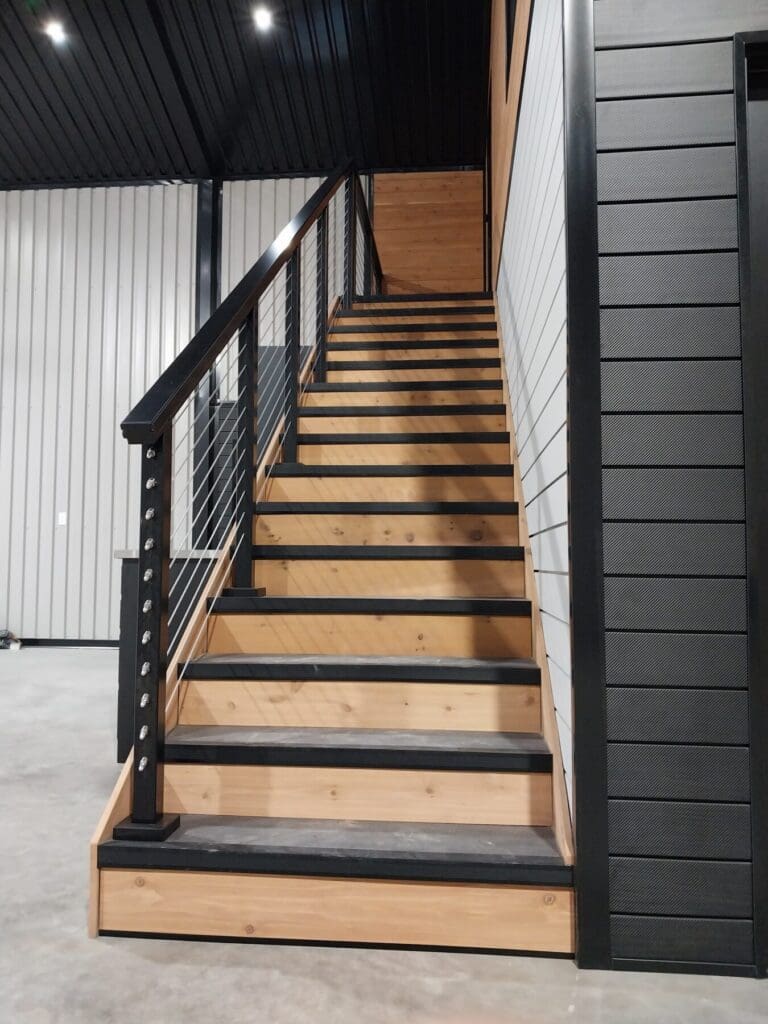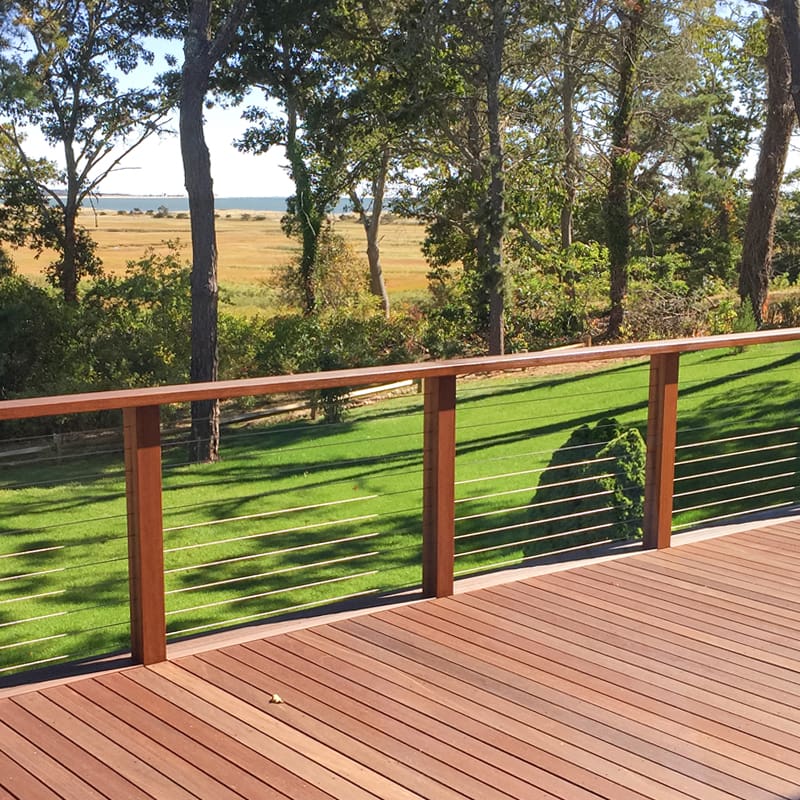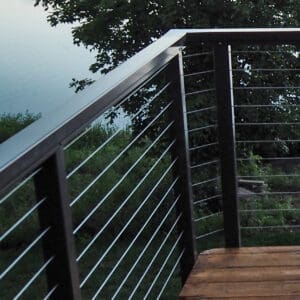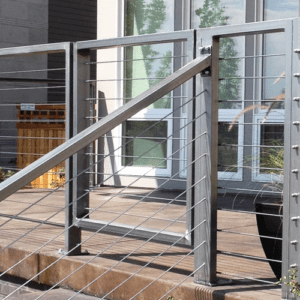
Railing Installation Difficulties in New Construction vs. Renovations
Both safety and attractiveness depend on railing systems. A stairwell, balcony, or deck can all be improved with the correct railing, which can change a space’s appearance and functionality. Renovations and new construction, however, have quite different installation procedures. To guarantee a seamless installation, adhere to building requirements, and provide a polished, unified final appearance, it is essential to understand these differences.
Renovation Challenges: Adapting to the Unexpected
Renovations often require working within the limitations of an existing structure. Unlike new builds—where everything is planned from the ground up—installers in remodels must navigate surprises hidden behind walls, floors, and framing.
1. Managing Existing Conditions
Post alignment and railing installation might be complicated in older homes by uneven floors, unusual structure, or non-standard dimensions. In order to maintain the railing system’s stability and security, it could be necessary to use special mounting techniques or extra structural support.
2. Space and Access Limitations
Working in confined or irregular spaces is a common part of renovation projects. Installation might be more difficult in places with narrow stairways, finished walls, and restricted access, necessitating the use of specialist equipment and innovative methods. Preventing damage to flooring, trim, and other finished details requires careful planning, so protecting existing surfaces is also a top priority during interior projects.
3. Structural Enhancements and Code Compliance
Older buildings often don’t adhere to modern building and safety regulations. It is frequently necessary to reinforce or alter the current framework in order to bring them up to code, especially in areas like guardrail height, post spacing, or cable tension. Maintaining compliance boosts the railing system’s overall stability and durability for many years to come in addition to improving safety.
4. Design Integration
Homeowners usually try to combine contemporary improvements with the home’s original charm while renovating. In order to create a harmonic blend of traditional and modern design, stainless steel wire railings go well with materials like wood or painted metal. Custom coatings, such as black oxide or brushed steel, provide design freedom and improve the installation’s longevity and aesthetic appeal.
New Build Challenges: Managing Precision and Planning
Although a new building gives you more control, it also calls for planning and coordination. Before the final build process, every detail—from mounting hardware to post spacing—must be considered.
1. Early Design Coordination
Planning is the first step in a successful railing installation. Installers can suggest the best mounting techniques, post layouts, and cable routing by working early with architects, builders, and designers. By taking a proactive stance, last-minute design modifications that can compromise overall alignment, spacing, or structural integrity are prevented.
2. Scheduling and Trade Overlaps
Timing is important, even with a new development. Installing railings usually happens close to the end of construction, following the completion of flooring, painting, or decking. One phase’s delays may spill over into another. The installation of the railing will be in line with the project timeline if there is clear communication between the trades.
3. Material Handling and Site Conditions
Although workplaces in new construction are frequently more open, there may be exposure issues since weather, dust, and debris can harm delicate finishes. Before final installation, railing materials should be properly staged and stored to avoid corrosion or scratches.
4. Design Flexibility
New construction provides the freedom to create exactly what you envision. SC&R’s systems can be engineered to match a project’s unique specifications—whether it’s a sleek indoor stair railing or a coastal-grade stainless system for decks and balconies. Builders can plan attachment points and post placements precisely, resulting in a clean, professional finish.
Comparing Renovations and New Builds
| Factor | Renovation | New Build |
| Structural Conditions | Must adapt to existing framing and surfaces | Built to specification from the start |
| Design Flexibility | Limited by existing architecture | Fully customizable |
| Timeline | Often variable and dependent on existing issues | More predictable with proper scheduling |
| Installation Access | Restricted, requires creative solutions | Open access for easier installation |
| Code Compliance | May require structural upgrades | Designed to meet codes from the beginning |
Expert Guidance from SC&R
We at Stainless Cable & Railing are aware that every project is unique. Our systems are designed for strength, style, and adaptability, whether you’re building a new house or remodeling an old one. We offer railing solutions that simplify installation and produce longer-lasting results, from do-it-yourself kits to custom-engineered designs.
Our team can assist with:
- Site-specific planning and layout advice
- Hardware and mounting recommendations
- Code-compliant engineering support
- Finishing options for any aesthetic
Contact Us
Every successful railing installation begins with the right planning and products.
Let our experts help you navigate your next project—whether it’s a renovation or a new build.
📞 Call: (888) 686-7245
💬 Email: [email protected]
🌐 Visit: www.stainlesscablerailing.com








Excellent beat ! I would like to apprentice while you amend your website, how can i subscribe for a blog web site?
The account aided me a acceptable deal. I had been tiny bit acquainted of this your broadcast
offered bright clear idea